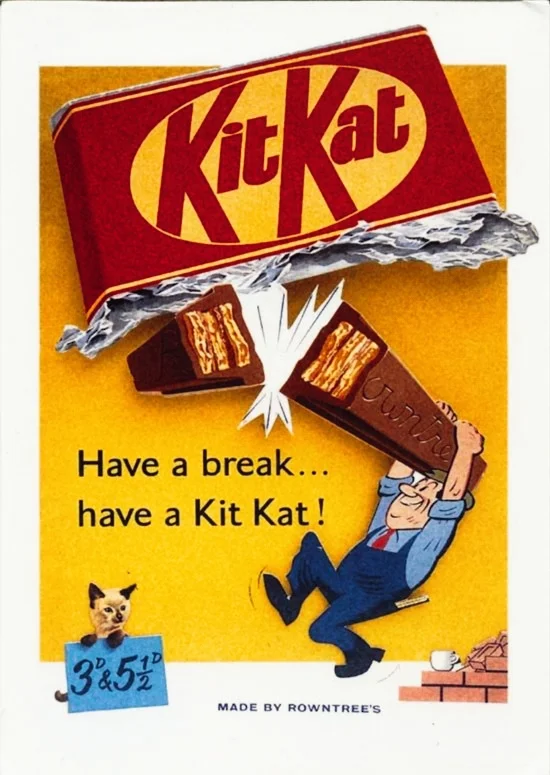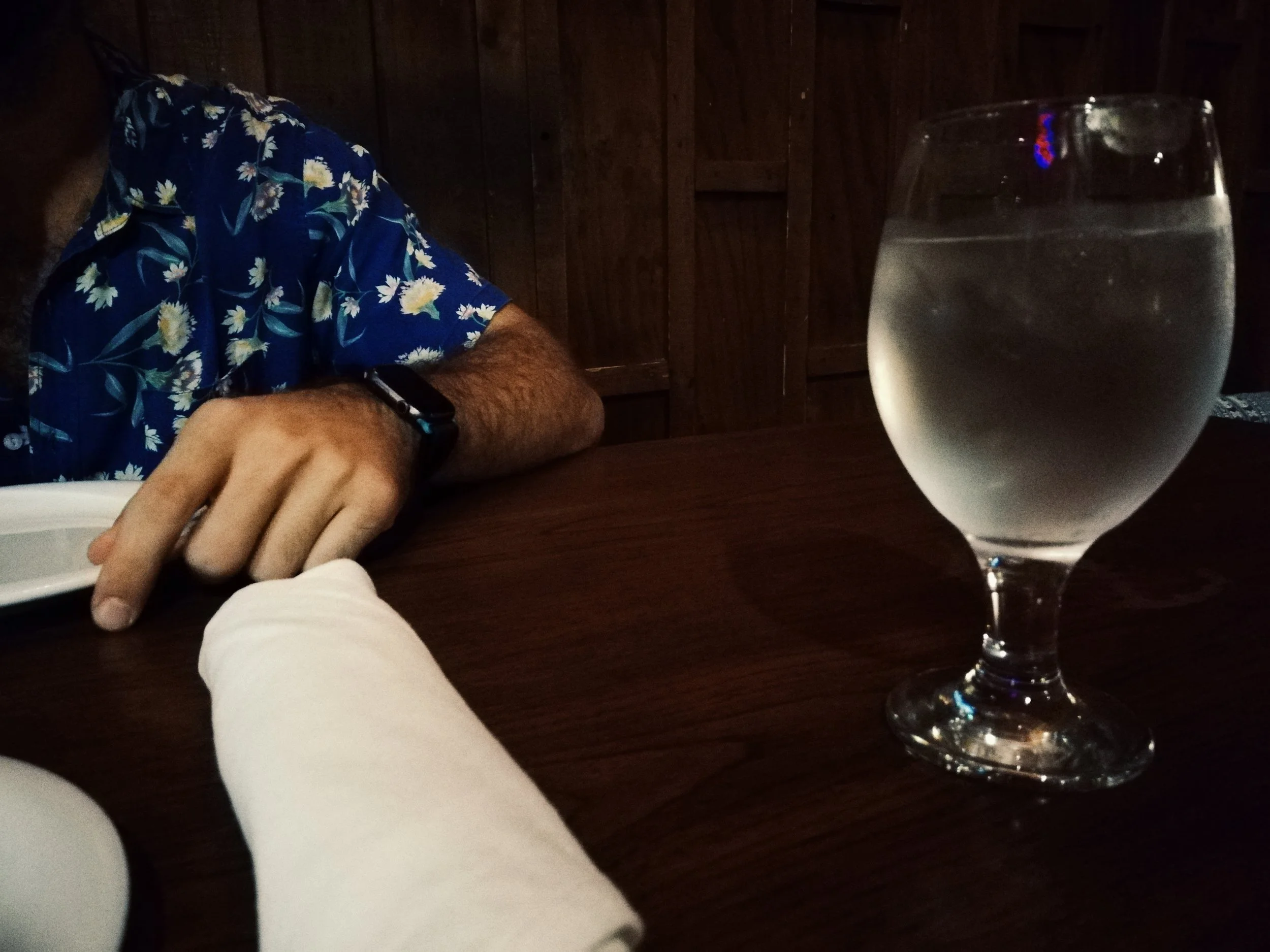Survey Says: Orangutans Don't Like Kit Kat Bars
Providing responsible alternatives to unsustainable practices
By the end of this piece, you will have gained much greater insight into how intimately the web of today’s global economy has been woven and faintly perceive the indirect relationship that exists between orangutan population decline in southeast Asia and trick o’ treating across the U.S. on October 31st.
Orangutans share 96.4% of our genes and are just as highly intelligent creatures. It comes as no great surprise then that the name orangutan originally means “man of the forest” in the Malay language. Just a century ago, more than 230,000 of our long-armed, orange cousins liberally roamed the canopies of the Bornean and Sumatran jungles. Today, the Sumatran orangutan has successfully made it to the critically endangered species list with an estimated population of about 7,500 individuals left in the wild. The men of the forest are disappearing at a staggering rate due to the pervasive production of one seemingly trivial ingredient found in everything from Hershey’s Kit Kat bars, lipstick, and ice cream to packaged breads, laundry detergent, instant noodles, and even some vegan cheeses: palm oil.
Monoculture is the agricultural practice of producing a single crop in a given area at a time. It begets an immediate and drastic reduction in areas of high biodiversity. Palm oil production is currently one of the most unsustainable industries on the planet as large swaths of tropical forests and supporting ecosystems are cleared to make room for monocultural oil palm plantations. Around 90% of the world's palm oil trees are grown on just a handful of islands throughout Indonesia and Malaysia – homes to some of the most biodiverse tropical forests on Earth. There is a clear and direct relationship on these islands between the growth of palm oil estates and increasing rates of deforestation.
The arboreal habitats of southeast Asia's only great apes are fast disappearing under a most relentless chainsaw to make way for oil palm plantations in order to satisfy the growing demand for palm oil. This widespread clearing practice has destroyed critical habitat for many other beloved and equally endangered species as well as the orangutan including rhinos, elephants, and tigers. Although constituting a minor ingredient in the U.S. diet, more than 50% of all packaged products Americans regularly consume contain palm oil or one of its many derivatives. And many products that use palm oil are, deliberately, very illusorily labeled.
Palm oil and its derivatives can appear under many names including those found in the following non-exhaustive list:
Vegetable Oil
Vegetable Fat
Palm Kernel
Palm Kernel Oil
Palm Fruit Oil
Palmate
Palmitate
Palmolein
Glyceryl
Stearate
Stearic Acid
Elaeis Guineensis
Palmitic Acid
Palm Stearine
Palmitoyl Oxostearamide
Palmitoyl Tetrapeptide-3
Sodium Laureth Sulfate
Sodium Lauryl Sulfate
Sodium Kernelate
Sodium Palm Kernelate
Sodium Lauryl Lactylate/Sulphate
Hyrated Palm Glycerides
Etyl Palmitate
Octyl Palmitate
Palmityl Alcohol
But, all hope is not lost. Besides the obvious choice to simply avoid purchasing products containing palm oil, we can support efforts to create a more sustainable industry. Although we can’t always ensure that a shelved product is not made with an obscure palm oil derivative, we can ensure that it is made with certified sustainable palm oil by looking for a Roundtable on Sustainable Palm Oil (RSPO) label on the packaging. This label gives you, as a consumer, the confidence that the palm oil you’re indirectly purchasing was produced in a socially and environmentally responsible manner. And if you wanted to take it just a step further, most packaged products are labeled with their companies’ contact information. Call or write the company and urge them to use certified sustainable palm oil to support a more responsible palm oil industry, such as helping small-scale farmers improve the sustainability of their production practices.
And on a parting note, be sure to keep this in mind: check the ingredients of the candy you plan on purchasing and putting in your motion-sensored zombie hand bowl before Halloween rolls around.
Referential Sources:
www.wwf.org





